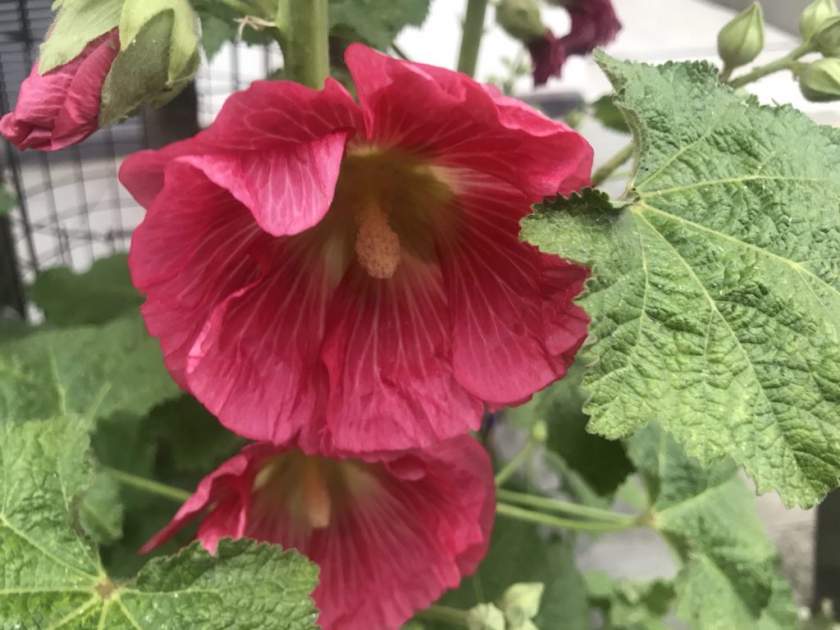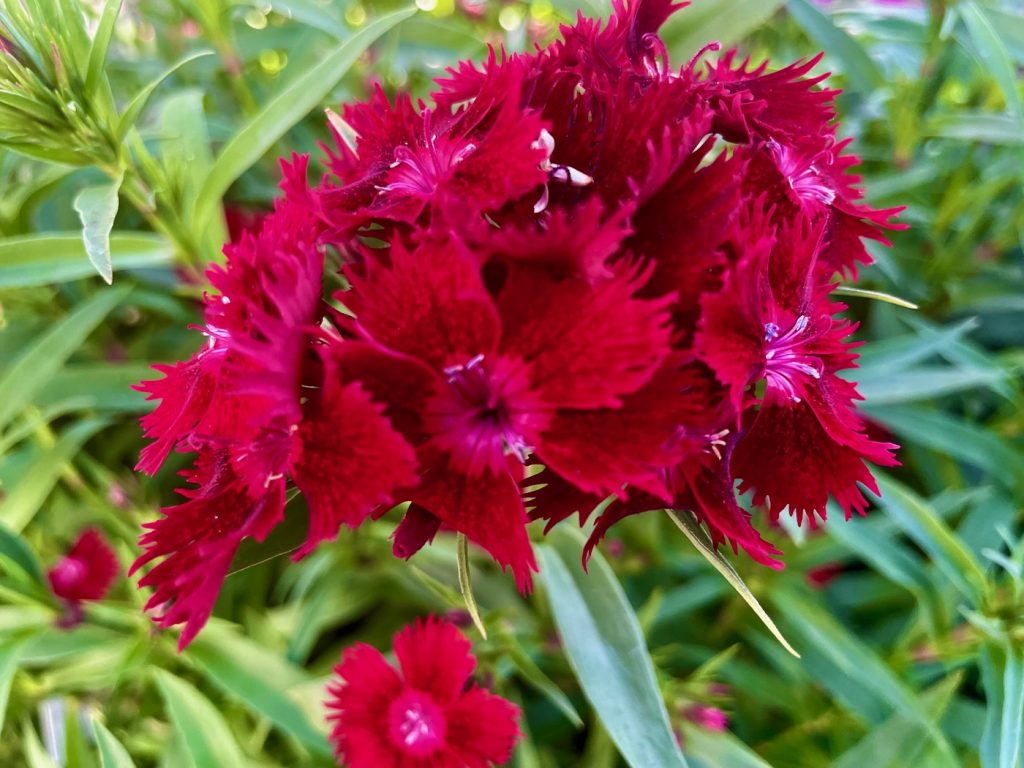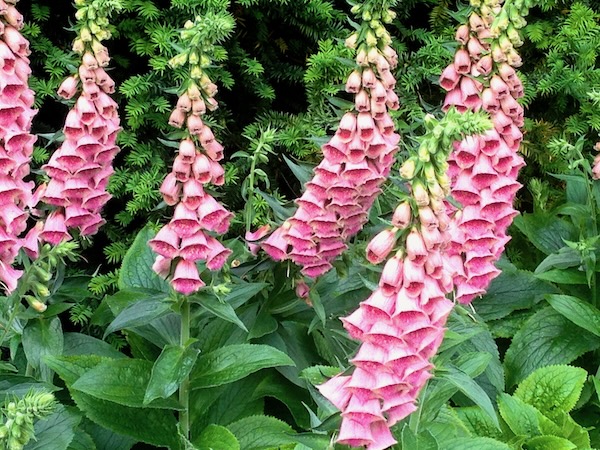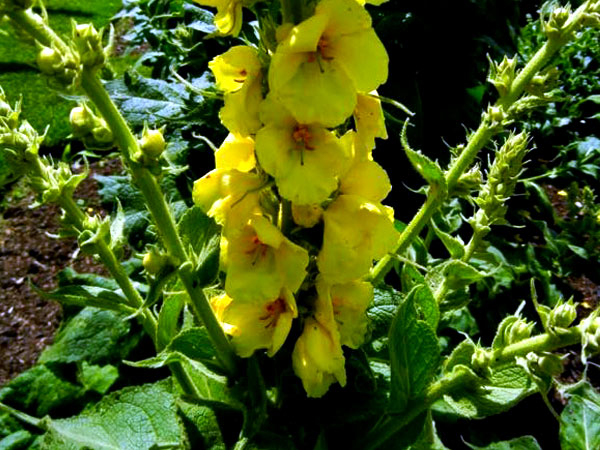Hollyhock or Alcea rosea: Characteristics, Cultivation, and Uses
Background and Description: Hollyhock, scientifically known as Alcea rosea or Althaea rosea, is a captivating flowering plant that has caught the attention of passersby for centuries. It belongs to the Malvaceae family and is native to Asia and Europe. Hollyhocks are deciduous biennials, although they can sometimes behave as perennials, offering an enchanting display of tall, colorful blooms. With their impressive height, reaching up to 2 meters or 7 feet, they create a striking presence in any garden or streetscape.
Flowering Period and Color Varieties: Hollyhocks typically grace us with their elegant blossoms in late spring and throughout the summer, adorning borders and landscapes with their vibrant hues. The flowers are available in a range of colors, including red, white, pink, purple, and even yellow. This diverse palette adds a charming touch to gardens and attracts pollinators such as bees and birds.
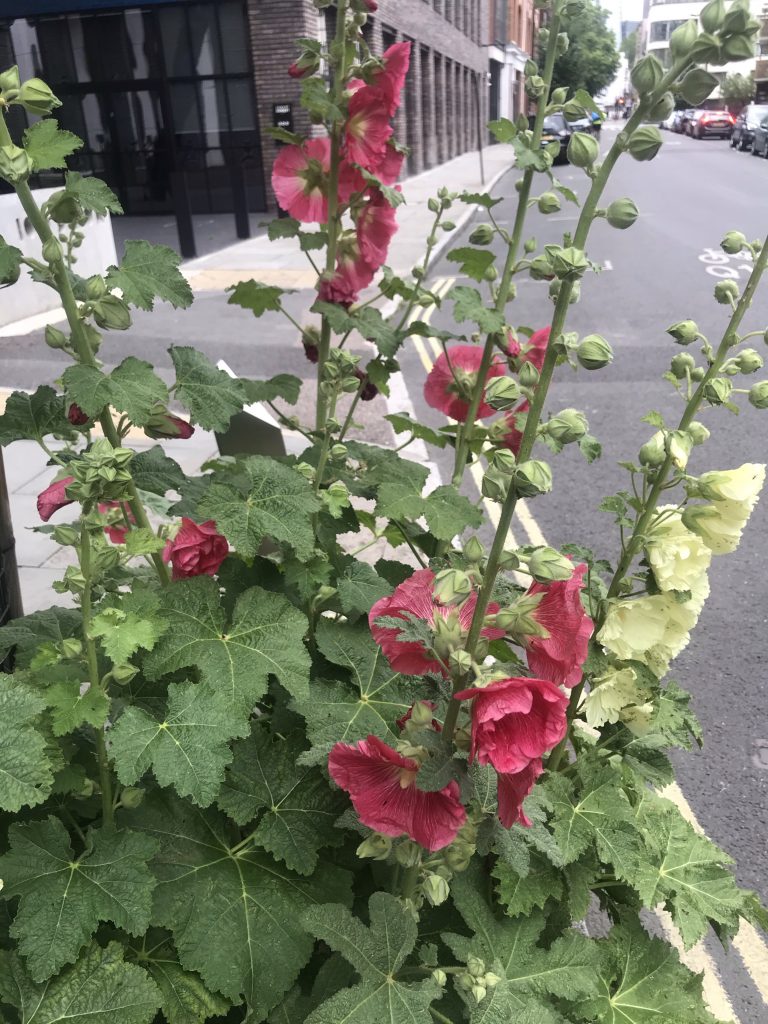
Cultivation of Alcea rosea:
Hollyhocks (Alcea rosea) can be cultivated successfully by meeting their specific growing conditions. Paying attention to the following factors will help ensure the optimal growth and development of these captivating flowering plants:
Sunlight: Hollyhocks thrive in full sun exposure, requiring at least 6 to 8 hours of direct sunlight per day. Select a location in your garden or landscape that receives ample sunlight to promote robust growth and abundant flowering.
Soil Type and Drainage: Well-drained soil is crucial for the healthy growth of Hollyhocks. They prefer moderately fertile soil that retains some moisture but does not become waterlogged. Sandy or loamy soils are suitable, while heavy clay soils should be amended with organic matter to improve drainage. Hollyhocks exhibit adaptability to different soil types, allowing for their successful cultivation in various garden environments.
Stability and Support: Given their impressive height, reaching up to 2 meters or 7 feet, Hollyhocks can benefit from additional support to ensure their stability and prevent potential bending or breaking, especially in windy conditions. The weight of their tall flower stalks can sometimes make them vulnerable. Using stakes, trellises, or other support structures will help keep the plants upright and safeguard them against damage.
Propagation and Maintenance: Hollyhocks can be propagated from seeds, allowing for easy expansion of their beauty in the garden. It is recommended to sow the seeds during winter, enabling them to be ready for transplanting in the desired location come spring. While Hollyhocks are relatively hardy, they should be protected from slugs, which can cause damage to their leaves and flowers. After the flowering period, you have the option to cut back the plants or let them form seeds. Collecting the seeds will provide you with the opportunity to sow new Hollyhocks in subsequent seasons.
Interesting Trivia:
Intriguingly, Hollyhocks hold historical significance in Japan. During the Edo period (1600-1868), the Tokugawa Shogunate or Shoguns adopted Hollyhock leaves as part of their emblem, representing their authority and prestige.

Uses and Culinary Applications:
Beyond their ornamental appeal, Hollyhocks offer both medicinal and culinary potential. The leaves and flowers of this plant are occasionally included in salads, providing an interesting and visually appealing addition. Hollyhock flower petals are also used to make tea, infusing warm beverages with their subtle flavors. However, it is important to exercise caution and seek expert advice or consult a healthcare professional before consuming any plant, even if it is considered edible. Additionally, Hollyhock is employed in various craft applications, such as papermaking and natural dyes.
Hollyhocks are a delightful addition to any garden, offering vertical interest, a diverse range of colors, and historical significance. With proper cultivation and care, these impressive biennial or perennial plants will continue to grace your garden with their alluring presence and provide opportunities for culinary exploration and creative pursuits.
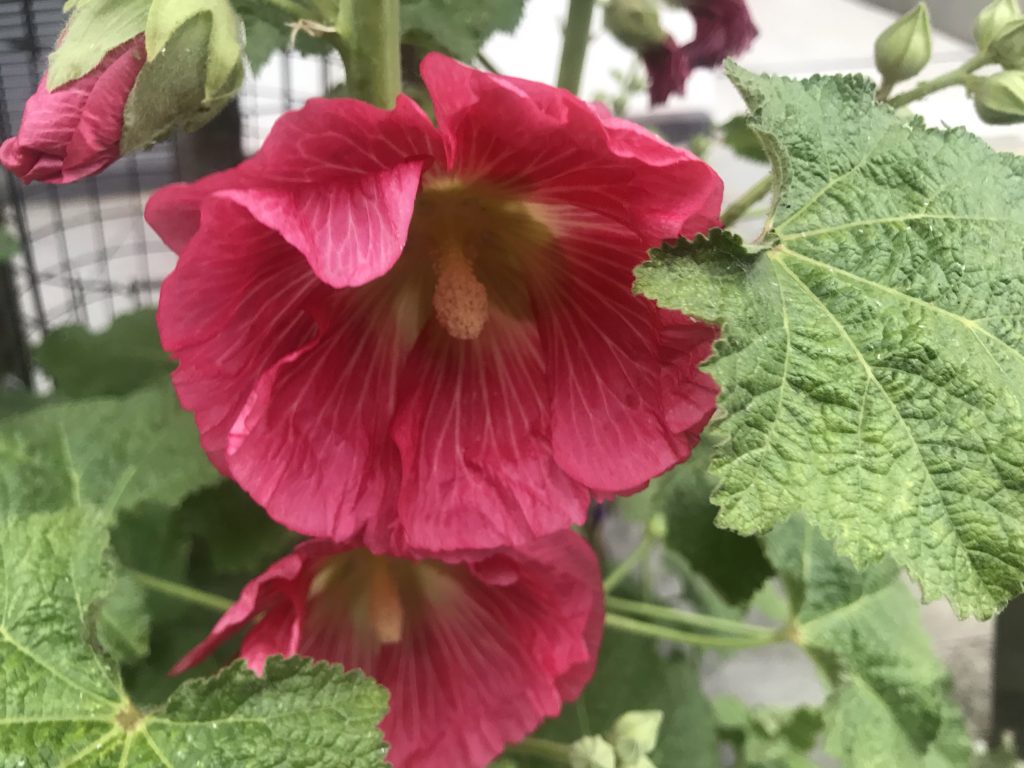
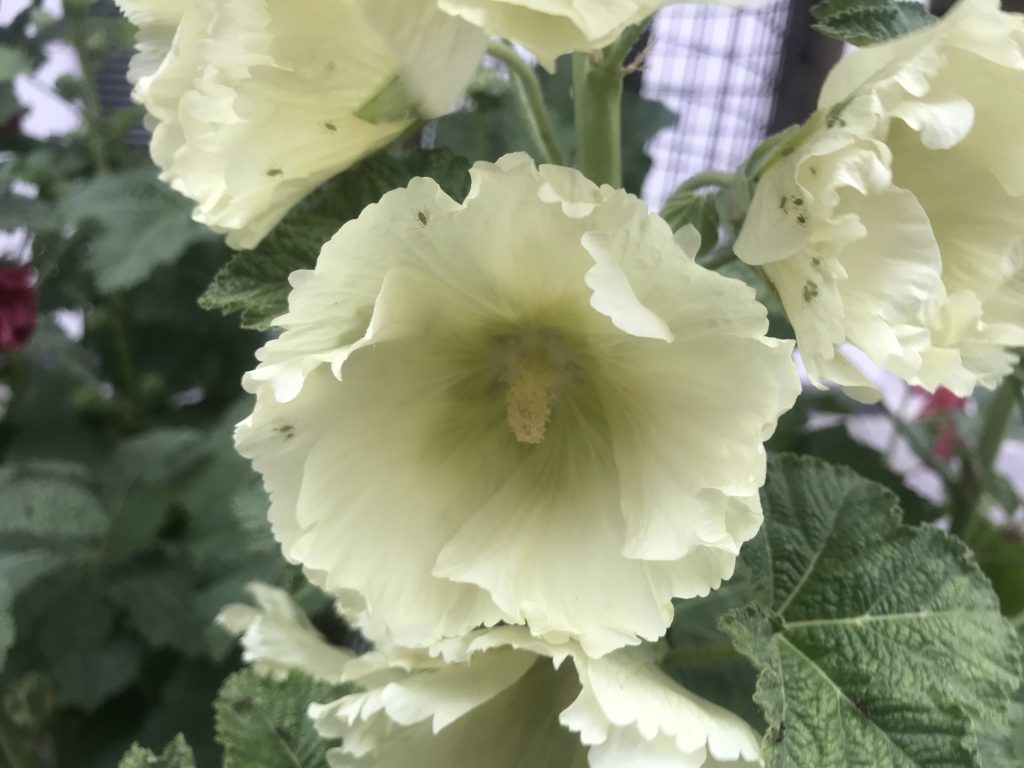
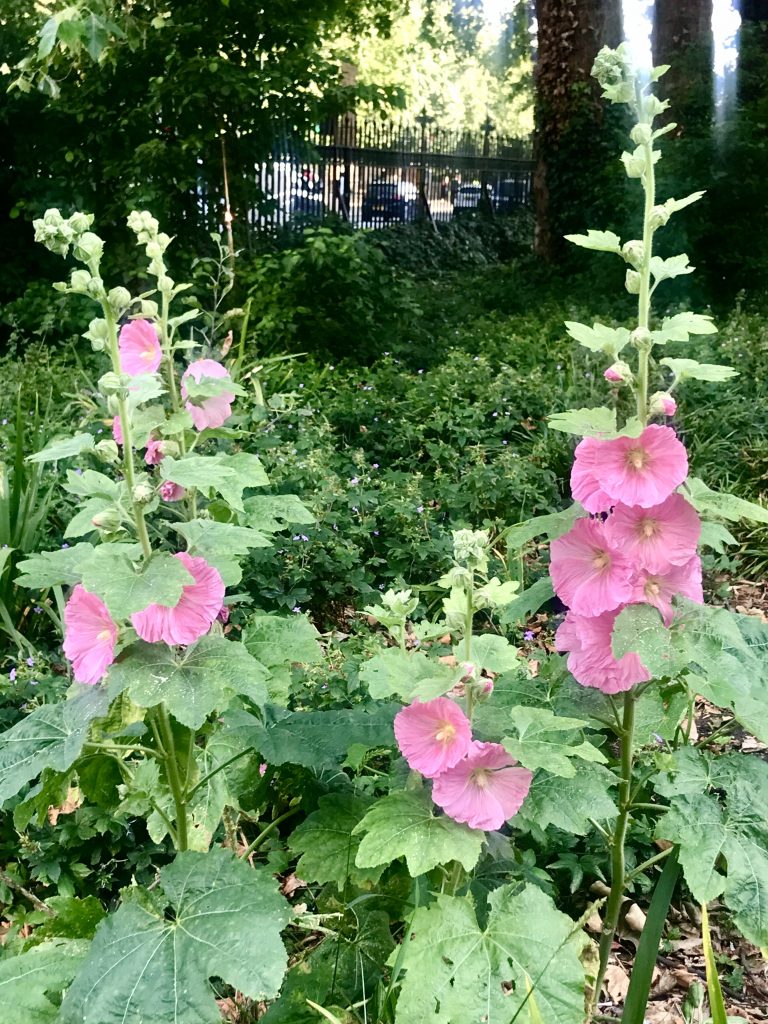
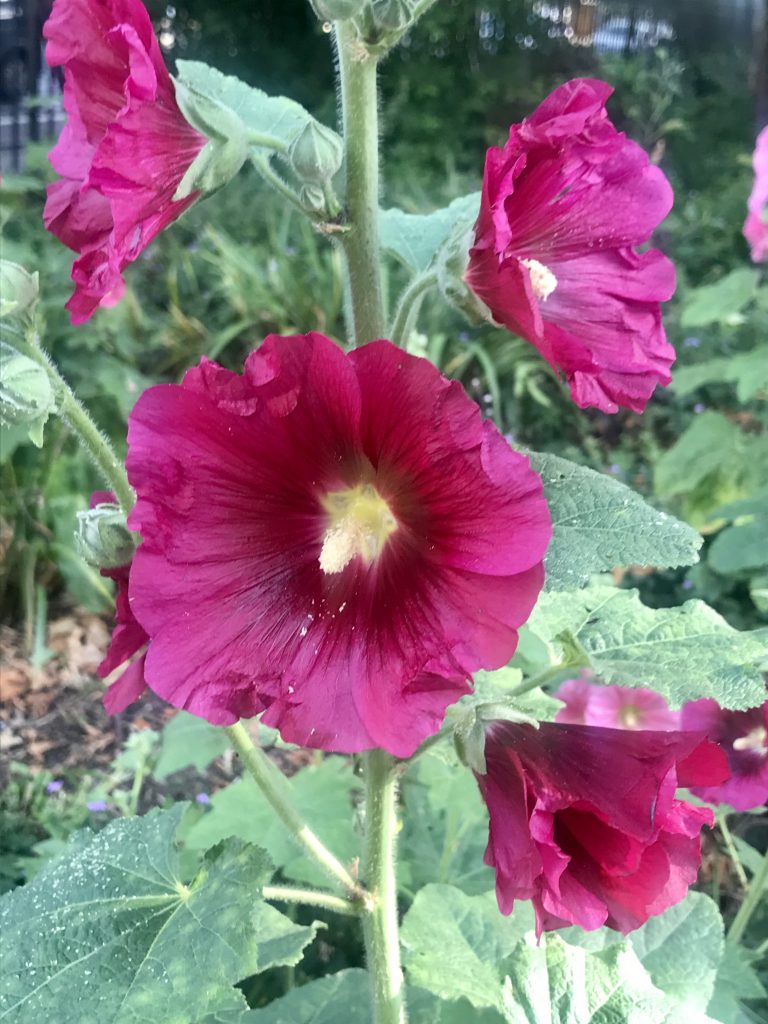
Also read Althaea rosea, Alcea rosea or Hollyhock

